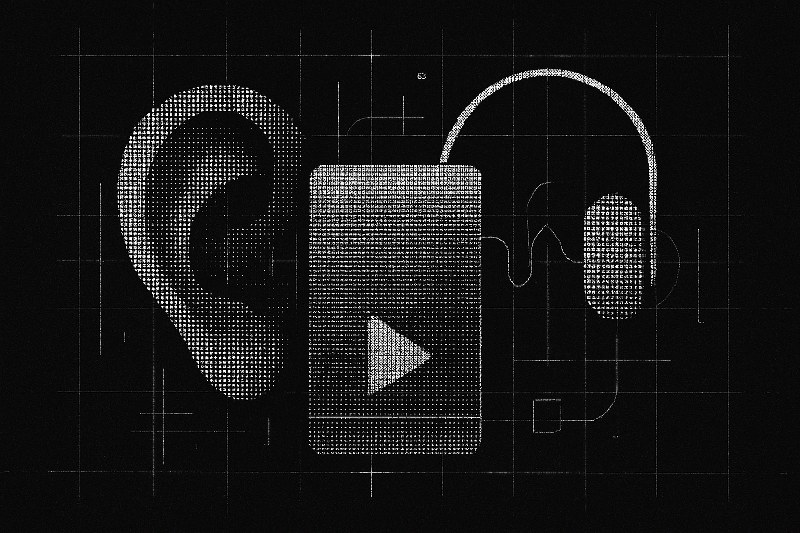AI in Audio Production
How artificial intelligence is revolutionizing the audio production industry. Discover the latest AI technologies and their impact on content creation.

The AI Revolution in Audio
Artificial Intelligence is transforming the audio production landscape, bringing unprecedented capabilities and efficiencies to content creators, producers, and audio engineers.
Key Applications
AI is being applied across various aspects of audio production:
- Automated mixing and mastering
- Voice synthesis and cloning
- Noise reduction and audio restoration
- Music generation and composition
- Real-time audio processing
Impact on the Industry
The integration of AI in audio production is having far-reaching effects:
1. Democratization of Production
AI tools are making professional-quality audio production accessible to creators of all skill levels.
2. Workflow Optimization
Automated processes are reducing production time and increasing efficiency.
3. New Creative Possibilities
AI is enabling new forms of audio manipulation and creation that were previously impossible.
Future Trends
Looking ahead, several trends are shaping the future of AI in audio production:
- Real-time voice translation and localization
- Emotional intelligence in voice synthesis
- Advanced audio restoration techniques
- Personalized audio experiences
Challenges and Considerations
While AI brings many benefits, there are important considerations:
- Ethical use of voice cloning technology
- Maintaining human creativity and artistry
- Quality control in automated processes
- Data privacy and security
Best Practices
To make the most of AI in audio production:
- Start with high-quality source material
- Understand AI tool capabilities and limitations
- Maintain human oversight and quality control
- Stay updated with latest developments
- Consider ethical implications
Conclusion
AI is revolutionizing audio production, offering new possibilities while raising important questions about the future of the industry. As technology continues to evolve, finding the right balance between automation and human creativity will be crucial.